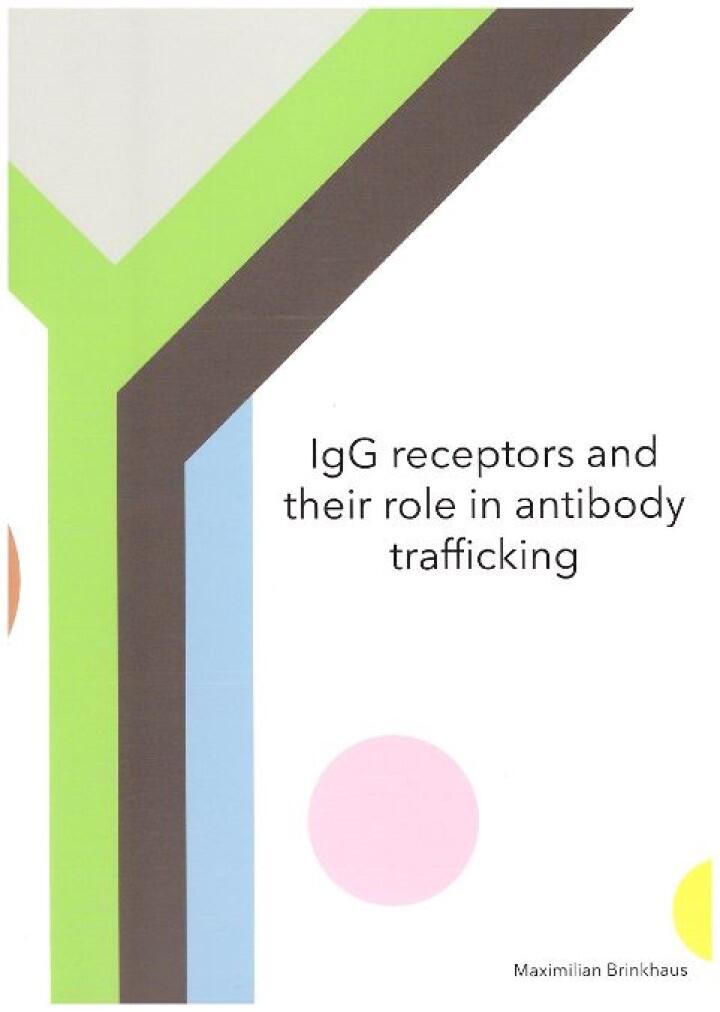Thesis Max Brinkhaus
On 16 October 2023 Sanquin researcher Max Brinkhaus defended his thesis 'IgG receptors and their role in antibody trafficking' at Utrecht University.
Promotores: Prof G Vidarsson PhD and Prof JJW de Haard PhD
Copromotores: T Rispens PhD and P Verheesen PhD
Venue: Academiegebouw, Domplein 29 & online
Abstract
Antibodies are part of the defense mechanisms of the human immune system that protect our body from pathogens. They can be divided in different classes, of which the most abundant is Immunoglobulin G (IgG). Engineered monoclonal IgGs are used as therapeutic agents for the treatment of autoimmune diseases and cancer.
IgGs can interact with a variety of receptor systems that are present on immune cells and in blood. Our work mainly focussed on two of such receptor systems: Fc gamma receptors (FcγR) and the neonatal Fc receptor (FcRn).
When IgG binds to e.g. a pathogen via its variable fragment antigen binding (Fab) arms, its constant tail, the fragment crystallizable (Fc), can activate immune cells by interacting with FcγRs on their surface and activate host defense mechanisms. In contrast, IgG can also bind to FcRn, a receptor that mediates both transport of IgG across cellular barriers and that rescues IgG from degradation of blood proteins.
During this PhD, we investigated how the Fc region of an IgG can be engineered to modulate IgG binding to FcγRs and FcRn. We uncovered how FcγRs and FcRn cooperate in trafficking IgG and describe how that can be exploited for therapeutic purposes. We also found that the structurally and functionally distinct Fab regions influence binding of IgG to FcRn, an observation with direct relevance for the design of antibody-based therapeutics.
Chapters
Chapter 1
General introduction and scope of the thesis
Chapter 2
Glycine 236 in the Lower Hinge Region of Human lgGl Differentiates FcyR from Complement Effector Function abstract
Chapter 3
Reduced FcRn-mediated transcytosis of lgG2 due to a missing Glycine in its lower hinge abstract
Chapter 4
The Fab region of lgG impairs the internalization pathway of FcRn upon Fc engagement abstract
Chapter 5
Fab glycans hinder FcRn-mediated placental transport abstract
Chapter 6
Human lgE does not bind to human FcRn abstract
Chapter 7
Human FcyRs mediate lgG internalization and delivery to FcRn
Chapter 8
General discussion
Chapter 9
Natural and engineered structural modifications of lgG antibodies
